Rosemary and lemon soap is not only good for your skin, but will help eliminate odors from your skin after working in the kitchen with onions, garlic, fish, and other odoronous foods. Lathering up with a natural homemade soap with these two sweet smelling ingredients can also help repel pesky insects.
Making your own soap should not be an intimidating process. Although there is no way to make soap without lye, you do not have to actually handle lye, or engage in the saponification process to create your own natural and customized soaps.
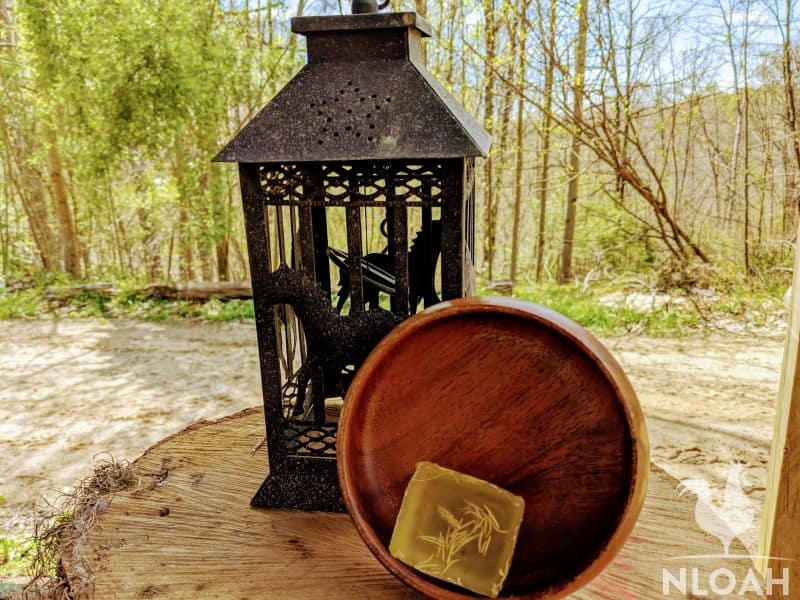
Thanks to melt and pour soap bases, you can choose the “flavor” of soap base you want, and simply melt the processed base in a microwave for a few moments, add in the scented oils, butters, spices, or other ingredients you want to use, and make a bar of soap in a few mere moments.
The rosemary and lemongrass soap made using the following recipe was created using a glycerin melt and pour base.
You can follow these same instructions and make the soap using any other melt and pour base that you would wish. Goat’s milk, aloe, shea butter, and oatmeal are among the most commonly used and readily available melt and pour soap bases.
Why Are Rosemary And Lemongrass Useful In Soap?
- Rosemary may help heal minor wounds and burns.
- While rosemary based soap is good for all skin types, it is especially helpful for folks with oily skin types.
- The combination of rosemary and lemongrass can help both prevent and treat acne.
- This gentle soap also works well as a facial toner.
- The mild astringent qualities in lemongrass can help to open skin pores to unclog them, thoroughly cleaning the pores to help prevent the growth of blackheads as well as acne.
- Lemongrass boasts compounds that may possess both antifungal and antibacterial qualities.
- Rosemary can help infuse calcium, iron, and essential vitamins into the skin.
- The many vital nutrients in rosemary may help protect the cells in the skin from damage caused by the sun and free radicals.
- The antiseptic properties in rosemary can produce a disinfecting and moisturizing effect on the hair, scalp, and skin.
- Keeping a bar of rosemary and lemongrass in a soap dish by the kitchen sink will help to quickly eliminate the stench of pungent cooking odors on your skin like onions, fish, peppers, and garlic.
- The lemongrass may help reduce the appearance of fine lines and wrinkles in the face thanks to the many nutrients it is comprised of, especially vitamin C.
Rosemary And Lemongrass Soap Recipe
Equipment
- Measuring spoons
- glass measuring cup or similar microwave safe container
- Mixing spoon
- soap molds – commercially manufactured or homemade
- Sharp knife
Ingredients
- 2 pounds melt and pour soap base yields about 10 to 15 soap bars, depending upon the size of the molds
- 1 pinch dried rosemary or rosemary essential oil
- 3 drops lemongrass essential oil
- rubbing alcohol optional
- soap colorant optional
Instructions
- Cut four chunks from the soap base, and place them in a measuring cup.
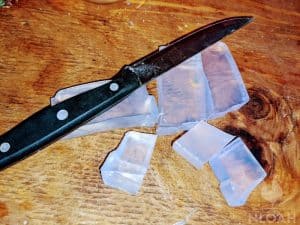
- Heat the chunks for roughly 35 seconds in the microwave.
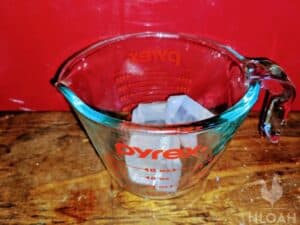
- Get your molds ready so they are handy to pour the soap base in after stirring in your chosen additives.
- Stir the lemongrass essential oil into the melted soap base chunks. The lemongrass will give a slight yellow tint to the soap base.
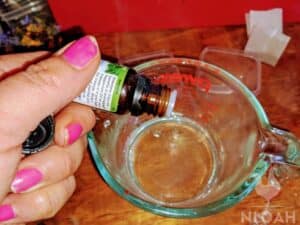
- Stir in any soap colorant you wish to use now. Follow the directions on the package to determine the amount to be used.
- If you want a decorative flourish of rosemary exposed on the surface of the bar of soap, sprinkle it into the empty molds now.
- If you want rosemary to be suspended inside of a glycerin soap, fill half of the mold with the melted soap base, and sprinkle the rosemary on top of the still very hot and melted soap base. Allow this half bar to cure to several hours at room temperature on the counter or for approximately a half an hour in the refrigerator. Once it has cured you can fill the rest of the mold up with more hot melted soap base until it is full.
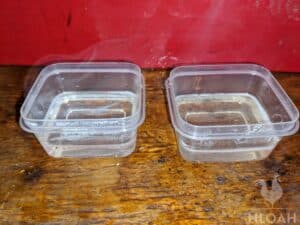
- If you simply want to have the rosemary to be contained inside the entire bar of soap, mix the dried spice in with the hot soap base, and stir to combine completely before pouring it into the molds.
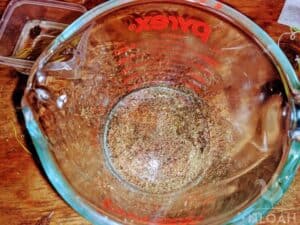
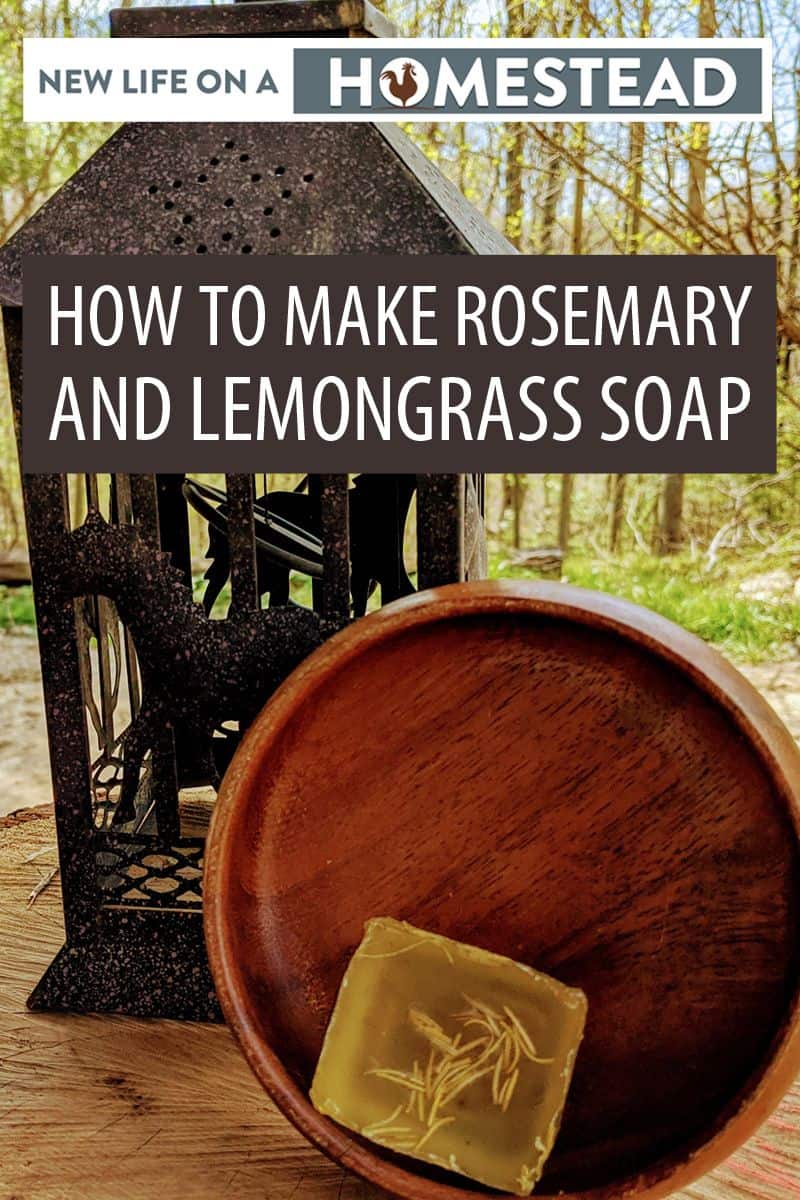

Tara lives on a 56 acres farm in the Appalachian Mountains, where she faces homesteading and farming challenges every single day, raising chickens, goats, horses, and tons of vegetables. She’s an expert in all sorts of homesteading skills such as hide tanning, doll making, tree tapping, and many more.

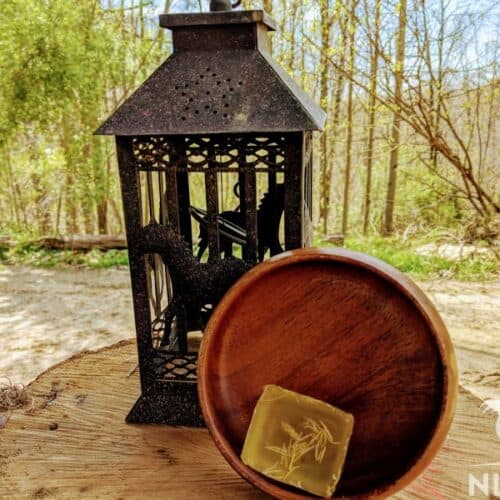
I cant see where the amount of rosemary and lemon grass is in this recipe. Can you tell me how much to add? Thanks
Hey Pam,
We updated the article with the requested quantities. Let me know if there’s anything else.